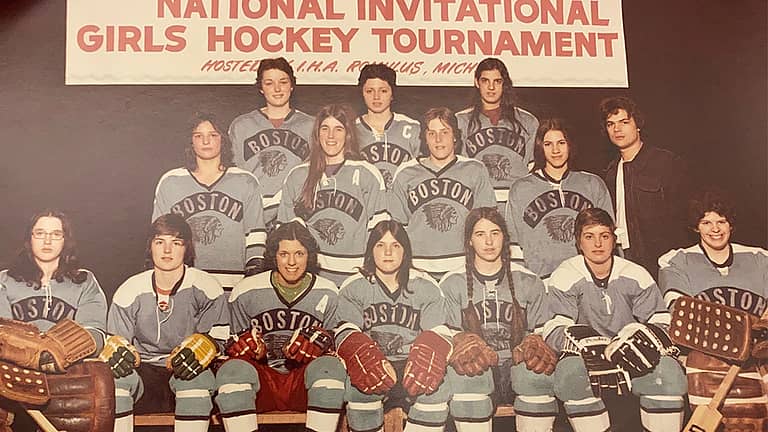Long before the National Basketball Association morphed into today’s multi billion dollar international conglomerate that trails only FIFA in global scope it struggled to survive in outposts like Fort Wayne Indiana, Providence, Rochester and Syracuse.
One of the reasons the league struggled was the preponderance of low scoring games prompted by teams running out the clock for minutes at a time. Of note was a Lakers/Pistons game in November 1950 where Ft Wayne defeated Minneapolis by a score of 19-18.
Desperate for a solution to this dilemma Syracuse owner Danny Biasone and his General Manager Leo Ferris came up with the brilliant idea of a shot clock. The timing of twenty four seconds was first drawn up on a napkin as the two met to brainstorm at Biasone’s bowling alley.
Introduced in the 1954-55 season the shot clock utterly changed the game and literally saved the NBA.
The clock on display is the one that traveled with the Celtics to their pre-season exhibition games in the fifties and sixties and was often hauled in the trunk of Red Auerbach’s car.






